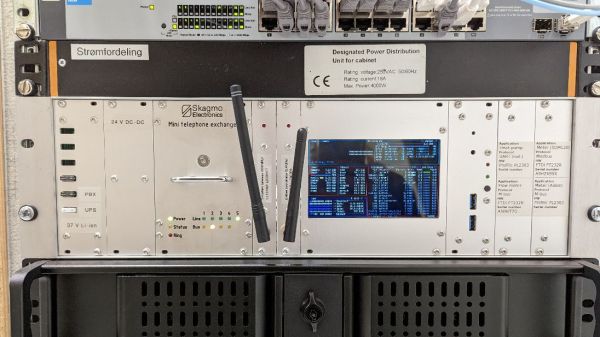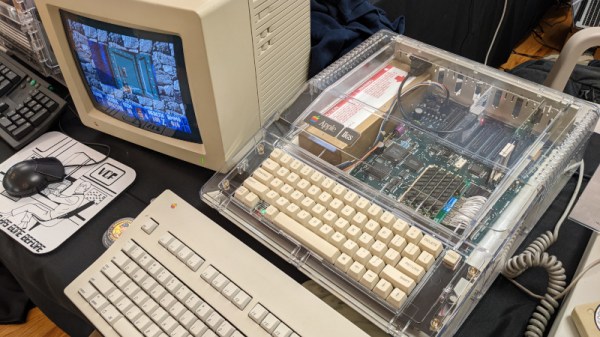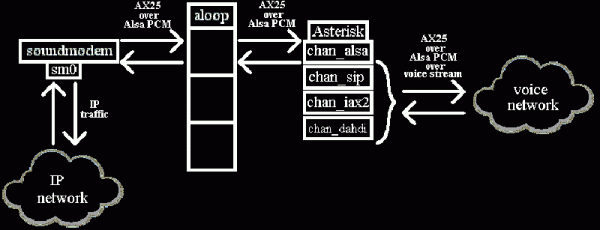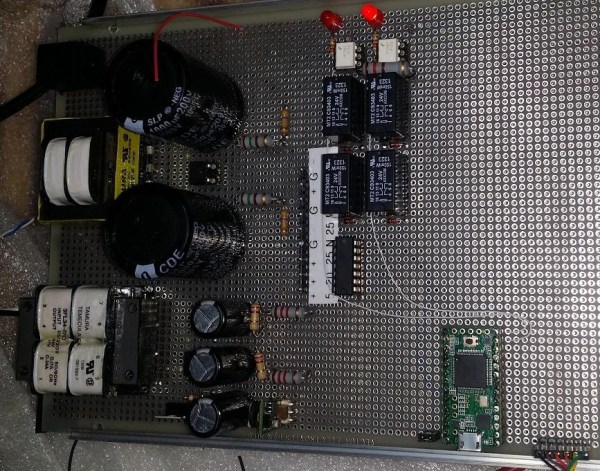An endless source of amusement for those of advancing years can come from handing a rotary phone to a teenager and asking them to dial a number with it. It’s rare for them to be stumped by a piece of technology, after all. [Mnutt]’s 4-year-old son had no such problems when he saw rotary phones at an art exhibition, so what was a parent to do but wire the phone to an Asterisk PBX with shortcut numbers for calls to family and such essential services as a joke line, MTA status, or even a K-pop song.
It’s possible to hook up a pulse dial phone with a SLIC module and a microcontroller, but in this case, a Grandstream SIP box did the trick. These are all-in-one devices that implement a SIP client with a physical connection, and older ones will talk to pulse dialers as well as the more usual tone dialing phones. The phone in question is a vintage American model. Writing this from Europe we were surprised to find a little simpler inside than its transatlantic counterparts of the same era.
An Asterisk install on a Raspberry Pi completed the project, and thus it became a matter of software configuration. It’s a useful run-through for Asterisk dilettantes, even if you haven’t got a 4-year-old. Perhaps you have an old payphone or two!


















